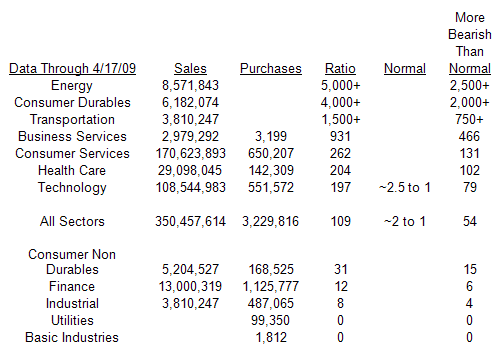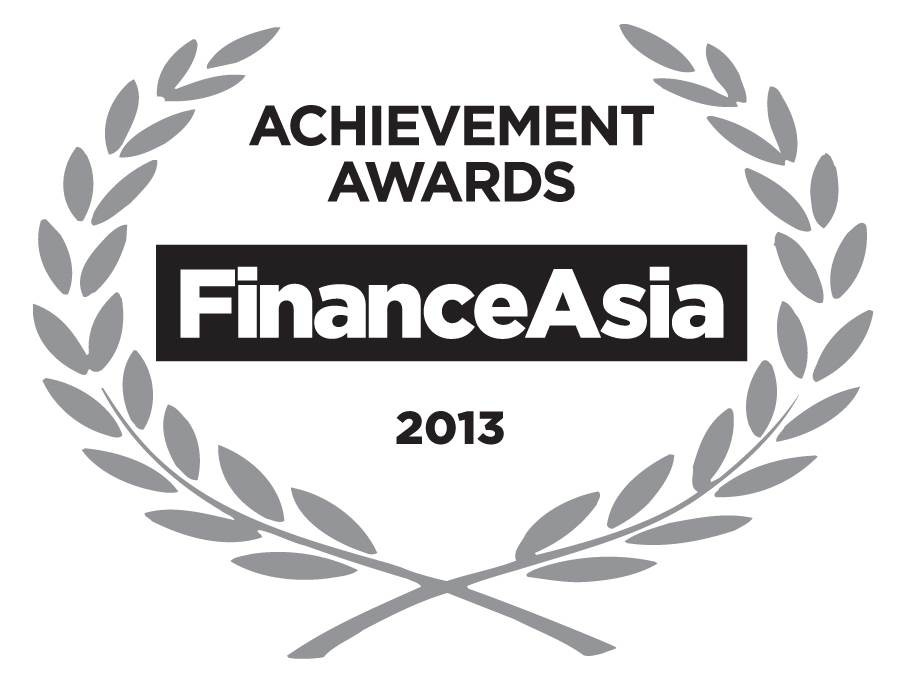Portfolio design and construction finiki the Canadian financial wiki
Post on: 18 Май, 2015 No Comment

This article describes a process for portfolio design and construction. A portfolio is a grouping of financial assets such as equities (including stocks), fixed income (including bonds) and cash. It is a generally accepted principle that a portfolio is designed according to the investor’s risk tolerance, time frame and investment objectives.
Portfolios are held directly by investors and/or managed by financial professionals. Mutual funds (including index funds ) and exchange-traded funds (ETFs) are typical portfolio building blocks; more advanced investors might choose to select individual securities within the main asset classes .
Once a portfolio has been constructed, there is still a need for ongoing monitoring and maintenance to ensure that the portfolio objectives are being met and to deal with any life events or changes in circumstances.
The outcome of this process should be the basis for your investment policy statement .
Contents
Overview of the process
The first step is to make sure you are ready to invest by doing an self-assessment.
The second step is creating a financial plan. which identifies what are the specific objectives of the portfolio, such as retirement or another project, along with a time horizon. If your time horizon is really short and money is being invested that will need to be used within a few years, STOP! Putting your house down payment in the stock market is folly, as return of capital is more important than return on capital.
The third step is to establish an asset allocation. and a savings target, that together are likely to lead to the financial goal being reached within the specified time horizon. The most important decision in the asset allocation exercise is the division between equities (stocks ) and fixed income (bonds. Guaranteed Investment Certificates (GICs), High-interest savings accounts (HISAs) and cash), as this is the major determinant of expected portfolio return and expected volatility.
A secondary decision of asset allocation is how much foreign (as opposed to domestic) content to include. For fixed income. keeping it all domestic seems appropriate for many Canadian investors. For stocks, some global diversification is generally advisable, due to several factors including the sector concentration in the Canadian stock market, and the expected reduction in portfolio volatility. [1]

When the appropriate allocation has been established, the fourth step is to implement the portfolio. Examples of both simple (one to five asset classes) and complex (generally more than five asset classes) portfolios are examined here, notably using index mutual funds or ETFs. Security selection within the asset classes is also a possible strategy for more advanced investors.
The fifth step is the ongoing monitoring and maintenance of the portfolio, which consists of rebalancing it to the target allocations, and measuring its performance against an appropriate benchmark .
Assess yourself
Before you create an investment portfolio, create a list of your financial assets and liabilities, or net worth. In general, investing in stocks or fixed income (bonds are a subset of fixed income) should come after other financial needs are met: debts such as credit cards, student loans or consumer debts are paid off; an emergency fund is established; sufficient insurance is in place. Some investors have both investment portfolios and house mortgages simultaneously; to some extent, this is a matter of personal taste and risk tolerance as well as a financial decision.
Saving a portion of your income is an obvious prerequisite for investing and building assets. If you are spending more than you earn, it is generally recommended to learn to live below your means. This may require budgeting .














